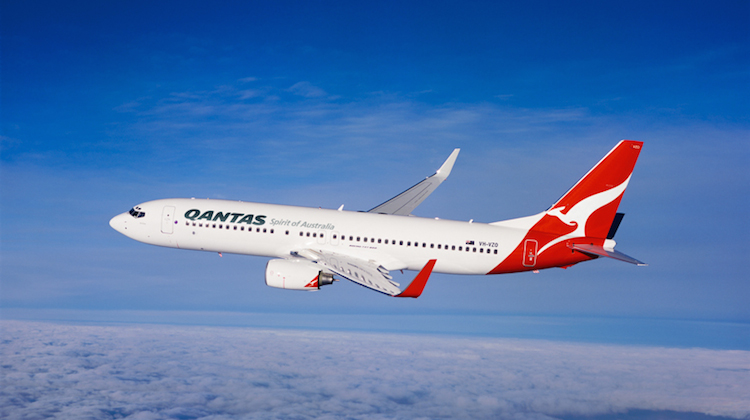
Qantas is looking to further improve its aircraft utilisation rates, which it says are still below those of major competitors.
As part of its ‘transformation’ program to cut costs and increase efficiency Qantas has introduced a number of measures to improve aircraft availability, which has allowed it to introduce a number of new routes (such as Brisbane-Tokyo announced on Tuesday) and even look to dispose of a small number of aircraft, including two 737-800s and two Dash 8 Q300s.
“We’re still below the utilisation [rates] that a lot of the world fleet has and a lot of our competitors have in these aircraft, so we’ve been working at trying to get that utilisation up to the levels that other operators have,” Qantas Group CEO Alan Joyce told journalists in Brisbane on Tuesday.
“Even here in the domestic market our utilisation is still below where our competitors [Virgin Australia] are.”
Increased aircraft utilisation has come from a number of iniatives.
“On the domestic fleet, as an example, we’ve been working on doing the checks on the aircraft as per the Boeing recommendations and that is allowing us to have more days of flying with the checks spread out over a period of time,” Joyce explained.
“We are similarly doing some of the maintenance on the international fleet like the A380s [which] sit on the ground all day in LA so we are doing the maintenance in LA with our Qantas engineers over there when the aircraft is on the ground. So this is basically making use of the scheduled downtime where it exists. So that means that we are not taking aircraft out of service … to do [maintenance on] them in a different location and that helps get the utilisation up on that fleet.”
Fleet simplification with a younger fleet of fewer aircraft types also helps.
“What’s really helpful is the younger aircraft and the fleet simplification. So domestically we’ll be retiring all the 767s this month, so in the second half of this [financial] year we’re expecting the utilisation of the 737s to go up, as we only have two types we have to schedule around the domestic network.”
Joyce says that even as aircraft utilisation increases, reliability rates are improving too, nothwithstanding a small number of aircraft diversions and turnbacks due to technical issues which received widespread media coverage earlier this week.
Said Joyce: “as an example on the 737 fleet, which we are improving the utilisation on, our turn back rate, according to Boeing statistics, is half the worldwide rate. So we don’t believe there is any reliability issues with this, we’re not seeing that on any of the information that we have. We do believe that you can get utilisation up and high reliability. A lot of other carriers have higher utilisation than we do and have high reliability, so that’s not going to be an issue.”










